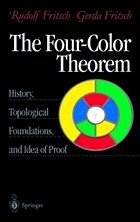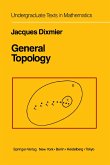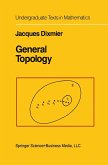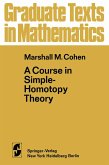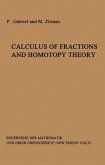This elegant little book discusses a famous problem that helped to define the field now known as topology: What is the minimum number of colors required to print a map such that no two adjoining countries have the same color, no matter how convoluted their boundaries. Many famous mathematicians have worked on the problem, but the proof eluded fomulation until the 1950s, when it was finally cracked with a brute-force approach using a computer. The book begins by discussing the history of the problem, and then goes into the mathematics, both pleasantly enough that anyone with an elementary knowledge of geometry can follow it, and still with enough rigor that a mathematician can also read it with pleasure. The authors discuss the mathematics as well as the philosophical debate that ensued when the proof was announced: Just what is a mathematical proof, if it takes a computer to provide one -- and is such a thing a proof at all?
Bitte wählen Sie Ihr Anliegen aus.
Rechnungen
Retourenschein anfordern
Bestellstatus
Storno

